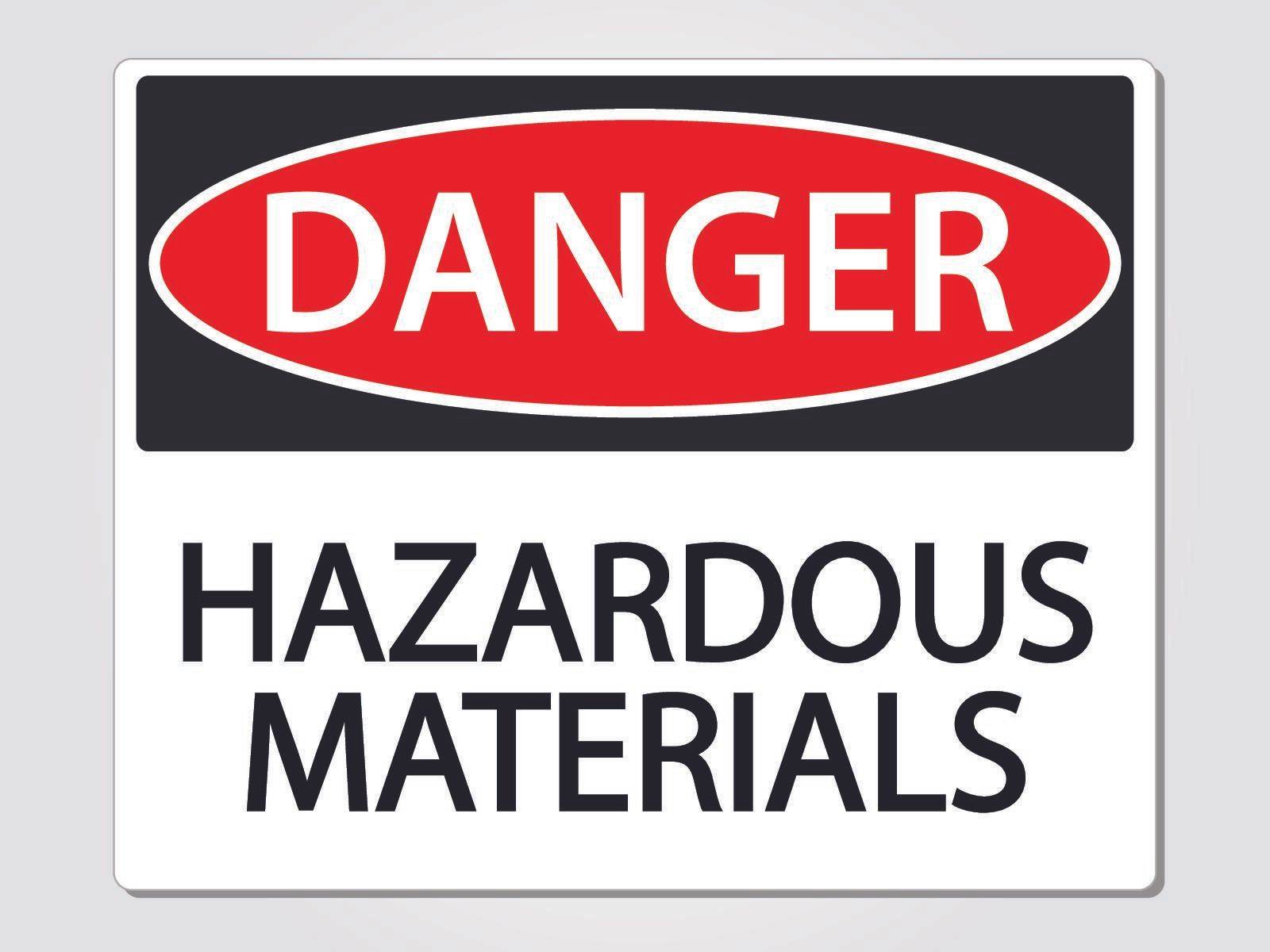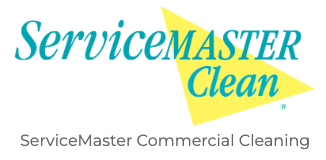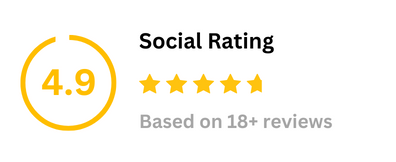Snow Removal Tips for Facilities Managers
Winter can be an unpredictable beast. You could go for weeks at a time without seeing a flake, and then suddenly, there are inches of snow on the ground. While it’s true that you can’t control the weather, you can control how you prepare for it’s wrath. Ensuring that you have the right snow removal equipment for your needs is essential to the safety and accessibility of your facility.
There are various types of snow removal attachments available for use with skid steers, pickup trucks, or other vehicles facilities managers frequently use for snow removal. Determining which is right for your needs depends on several factors; what conditions and surfaces you need to clear, the amount of snowfall, and how you need to handle the cleared snow.
The main types of attachments you’ll find are snow plow blades, snow pushers, and snow buckets.
You can find a more detailed look at what each attachment does, and an at-a-glance chart for reference, but in this article, we’ll cover the basics. Read on as we help you determine the best snow removal attachments for your skid steer.
Snow Plow Attachments
As general-use snow removal attachments go, the snow plow is probably the most versatile, working well to clear larger areas while still offering the control and visibility to tackle curb areas and areas close to structures.
Available in both steel and rubber, plow blades can remove snow on multiple types of surfaces with as little damage as possible, moving the snow off to the sides. Hydraulic controls give the user an excellent amount of control in angling the blade to move snow exactly where it needs to go. As with any equipment, however, more moving parts can potentially mean more maintenance.
Snow Plow Advantages: Maneuverability, versatility, efficiency. Provides the cleanest surface out of the three attachments we are reviewing.
Snow Plow Drawbacks: Higher maintenance than other options, can’t scoop to remove snow to a pile, not good on uneven surfaces (can damage the plow and skid steer).
What Can Happen if Someone is Exposed to or Mishandles a Hazardous Material?
The physical effects of exposure to a hazardous material will vary, depending on the material and the level of exposure. When properly used with the appropriate personal protective equipment, the harmful effects should be close to none.
However, if someone is untrained or careless, they can suffer serious consequences. The effects can be as minimal as a headache or dizziness, more severe like a rash, nausea or vomiting, or potentially life-changing like chemical burns internally or of the skin, nervous system disorders, and even death.
Snow Pusher Attachments
Also referred to as “boxes” or “containment boxes,” snow pushers do just what their name implies— they push the snow forward. They do not have the ability to change angle and articulate like a plow, but snow pushers do contain the snow within the device, allowing you to create a snow pile out of the way instead of just moving it off to the side as a plow would.
The snow pushers’ simpler design gives the advantage of fewer moving parts, reducing potential maintenance. Snow pushers work especially well for areas like parking spaces, loading docks, and other confined space. This results in efficiency, as you will generally only be moving snow in one direction.
Snow Pusher Advantages: Simplicity of design makes it lower maintenance, neater containment of snow.
Snow Pusher Drawbacks: Less efficient for larger areas, generally moves snow in one direction – more time spent reversing to pick up a new line vs a plow blade.
Snow Bucket Attachments
A snow bucket operates in more of a scooping capacity than the pushing-only mechanism of a plow or pusher. Snow buckets have the distinct advantage of control – you can easily direct and pile the snow with a bucket, but beware of overloading (which can cause a skid steer to tip).
When you need precision piling, a snow bucket is your best option. The scooping action of a bucket vs. the pushing action of a pusher or plow blade makes it ideal for use on gravel or dirt surfaces without “pile up” of the material. Snow buckets are also great for pre-loading salt or sand for spreading.
Snow Bucket Advantages: Ideal for precision piling of snow out of the way, great for unpaved surfaces.
Snow Bucket Disadvantages: Lower capacity, not great for heavy/wet snow for tipping and engine stress reason.
Your choice of attachments largely depends on the types of surfaces you need to clear, the type of snow/ice your area primarily receives, and the amount of ground you need to cover. Snow plow blades and snow pushers can be equipped with either steel or rubber blades, allowing them to work over multiple surfaces such as gravel, asphalt, concrete, and uneven surfaces, handling various precipitation, from heavy, wet, sloppy snow, to ice, to loose, powdery snow.
Alternately, snow buckets with steel blades offer a more delicate touch across gravel and loose surfaces and more precision in piling. Depending on the space you need to clear, you may even opt for more than one type of snow removal attachment for your skid steer. Making the right choices for snow removal attachments can help your crew make your facility safer and more accessible in a snow event.
You might also like




